
5 gallon pet bottle blow molding machine
5 gallon pet bottle blow molding machine
Guangdong Leshan Intelligent Equipment Corp.,Ltd is a leading domestic manufacturer of blow molding machine. LESHAN provides services to the global plastic industry. After decades of effort and development, we have established a technical team composed of excellent plastic machinery professionals with rich theoretical knowledge and practical experience. They have always spared no effort in the development of blow molding machines.
Our main products include All Electronic PET Blow Molding Machine, High precision Mold, Food bottle blow molding machine,Daily chemistry bottle blow molding machine,Chemical barrel blow molding machine,Auxiliary machine,Blowing Mould & Injection Mould,Extrusion Die Head,athlon series hydraulic machine,Engine oil bottle blow molding machine,Cleaning bottle blow molding machine, etc. Our products are sold to over 50 countries worldwide. After purchasing our products, no matter where you are, we will immediately provide after-sales service, technical support, on-site service, and operator training related to the components if needed.
| Parameter | Information |
| Product Name | 5 gallon pet bottle blow molding machine |
| Place of Origin | China |
| Brand Name | Leshan |
| Condition | New |
| Video outgoing-inspection | Provided |
| Machinery Test Report | Provided |
| Warranty of core components | 1 year |
| Warranty | 1year |
| Port | ShunDe/GuangZhou/ShenZhen China |
| Application | Bottle |
| Core Components | Pressure vessel,Motor,PLC,Gear,Bearing...etc |
| Color | customized |
| Plastic Processed | PA,ABS,PVC,Polystyrene,PC,EVA,PE...etc |
| Certification | CE,ISO9001:2012... |
| PLC Brand | Siemens |
| Packaging Details | Standard exporting machine packing with plastic film |
| Service | Video technical support |
| Automation | Automation |
| Supply Ability | 500 Set/Sets per year |
| Lead time (days) | 70 (To be negotiated) |
Please note: The above table data is for reference only. For specific information, please contact us.
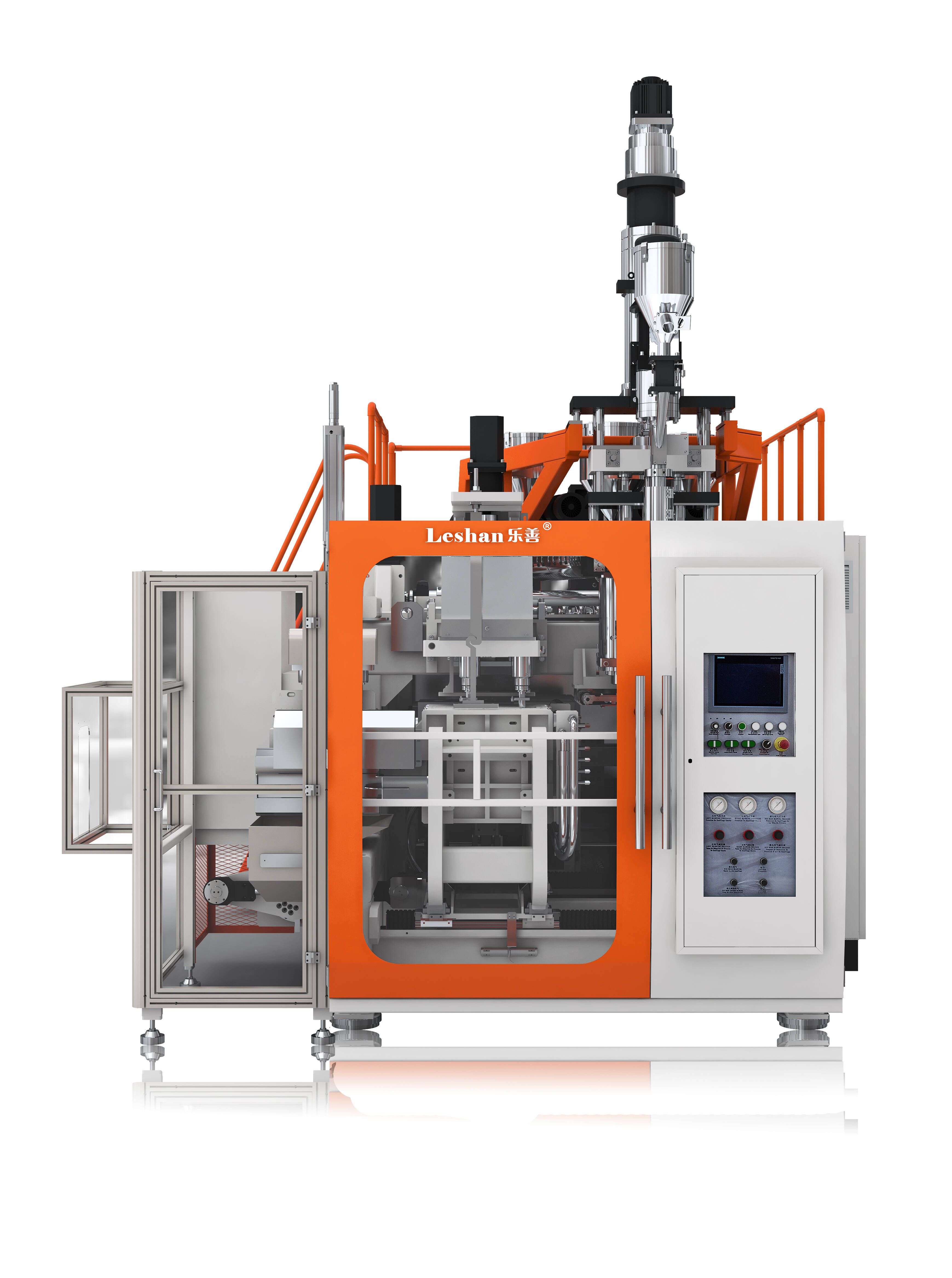
5 gallon pet bottle blow molding machine also offer flexibility and scalability. It can adjust the production process and parameters according to production needs to meet different product requirements. At the same time, the blow molding machine also has extension functions. By adding additional devices, it can realize bottle mouth separation, label attachment and other processing to meet the application needs of more fields.

5 gallon pet bottle blow molding machine---FAQs Guide
2.What is the noise level of the 5 gallon pet bottle blow molding machine?
3.How to design the shaping mold for 5 gallon pet bottle blow molding machine?
4.How to control the energy consumption of 5 gallon pet bottle blow molding machine?
5.What are the steps for cleaning and maintaining a 5 gallon pet bottle blow molding machine?
6.What's the difference between a double-working blow molding machine and a simplex blow molding machine?
7.What are the key components of a 5 gallon pet bottle blow molding machine?
8.How does the extrusion blow molding process differ from injection blow molding, and what types of products are typically produced using each method?
9.What is the after-sales service for 5 gallon pet bottle blow molding machine?
10.How to solve the malfunction of the 5 gallon pet bottle blow molding machine?
1.What waste materials will be generated during the production process of 5 gallon pet bottle blow molding machine?
Our company has many years of 5 gallon pet bottle blow molding machine experience and expertise.
1. Plastic waste: Blow molding machines use plastic materials such as polyethylene (PE), polypropylene (PP), and polyethylene terephthalate (PET) to produce plastic products. These materials are often left as waste after the production process.
2. Scrap plastic: During the production process, there may be excess or defective plastic parts that are not suitable for use. These scraps are considered waste and need to be properly disposed of.
3. Residual materials: Some materials, such as colorants and additives, may be left over after the production process. These materials may also be considered waste and need to be disposed of properly.
4. Packaging waste: Blow molding machines often require packaging materials such as cardboard boxes, plastic bags, and bubble wrap for shipping and storage. These materials can generate waste during the production process.
5. Cleaning waste: Blow molding machines need to be cleaned regularly to maintain their efficiency. This process can generate waste such as cleaning agents, rags, and other materials.
6. Energy waste: The production process of blow molding machines requires energy, which can result in waste in the form of emissions and by-products.
7. Water waste: Some blow molding machines use water for cooling or lubrication purposes. This water may become contaminated during the production process and need to be properly treated before disposal.
8. Metal waste: Some blow molding machines may use metal components, such as molds and machine parts, which can generate metal waste during the production process.
9. Hazardous waste: Some materials used in blow molding machines, such as solvents and chemicals, may be hazardous and require special handling and disposal methods.
10. Electronic waste: Blow molding machines may also contain electronic components that can become obsolete or damaged during the production process, resulting in electronic waste.
2.What is the noise level of the 5 gallon pet bottle blow molding machine?
5 gallon pet bottle blow molding machine is not a product only, but also can help you comes to money-making.
The noise level of a blow molding machine can vary depending on the specific machine and its operating conditions. However, on average, blow molding machines can produce noise levels between 80-100 decibels (dB). This is considered to be a high level of noise and can potentially cause hearing damage if proper precautions are not taken. It is important for operators and workers to wear appropriate hearing protection when working with blow molding machines.
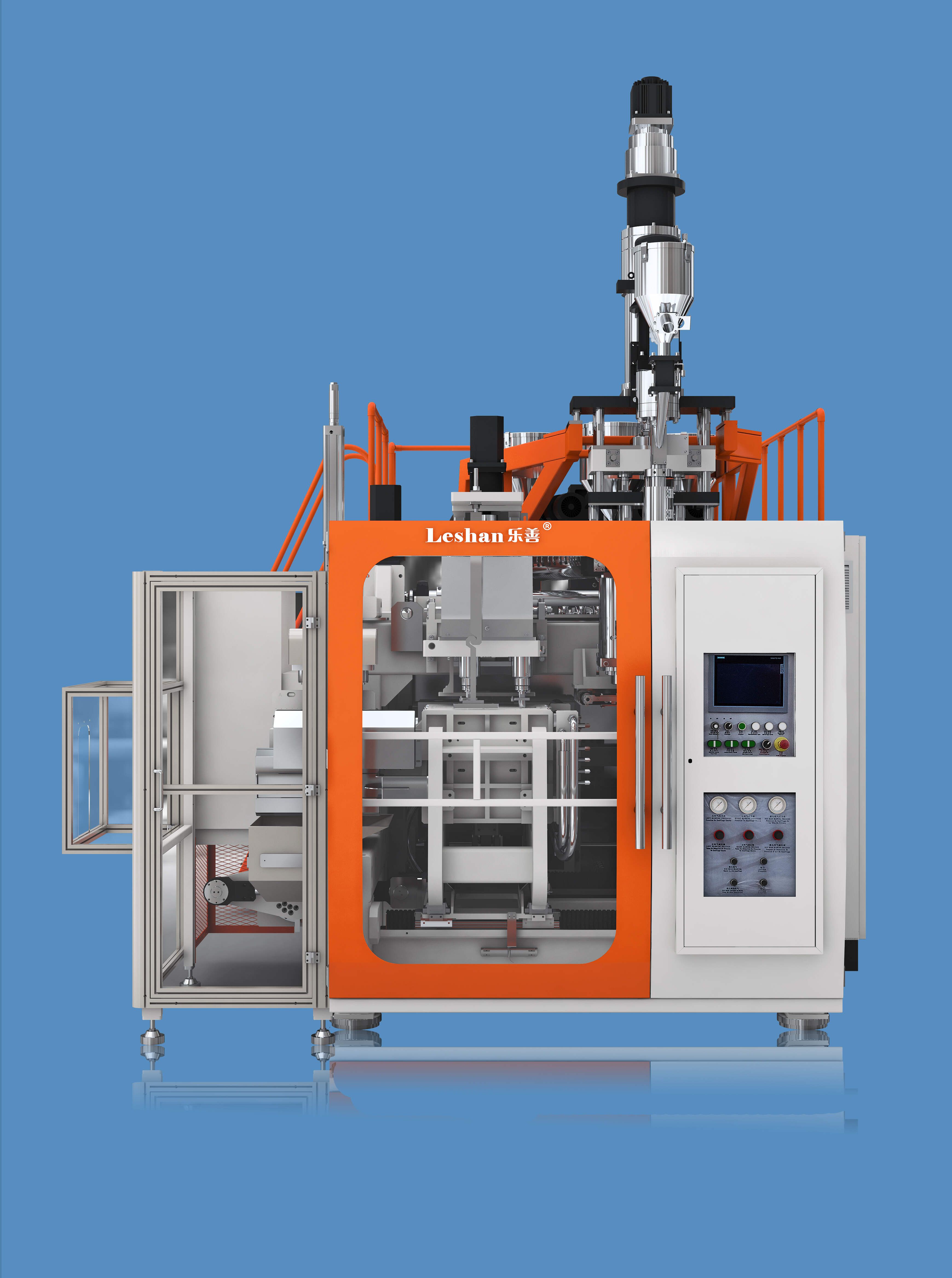
3.How to design the shaping mold for 5 gallon pet bottle blow molding machine?
We continuously upgrade our skills and knowledge to adapt to changing 5 gallon pet bottle blow molding machine market needs.
1. Determine the shape and size of the final product: The first step in designing a shaping mold for blow molding machines is to determine the shape and size of the final product. This will help in determining the overall dimensions and features of the mold.
2. Choose the type of blow molding machine: There are different types of blow molding machines such as extrusion blow molding, injection blow molding, and stretch blow molding. Each type requires a different type of mold design, so it is important to choose the right type of machine for your product.
3. Create a 3D model of the product: Using CAD software, create a 3D model of the product to be molded. This will help in visualizing the final product and identifying any potential design issues.
4. Determine the number of cavities: The number of cavities in the mold will depend on the production volume and the size of the product. More cavities will increase the production rate, but it will also increase the complexity and cost of the mold.
5. Design the core and cavity: The core and cavity are the two main components of the mold. The core is the inner part of the mold that shapes the product, while the cavity is the outer part that gives the product its final shape. The design of these components should be precise and accurate to ensure a high-quality product.
6. Consider draft angles: Draft angles are important in blow molding as they allow the product to be easily removed from the mold. A draft angle of 3-5 degrees is recommended for most products.
7. Add cooling channels: Cooling channels are essential for maintaining the temperature of the mold during the molding process. These channels should be strategically placed to ensure uniform cooling and prevent warping of the product.
8. Include ejection system: An ejection system is used to remove the product from the mold after it has been formed. This can be in the form of pins, air blasts, or mechanical ejection systems.
9. Test and refine the design: Once the initial design is complete, it is important to test it on a prototype mold to identify any design flaws or issues. This will help in refining the design before the final mold is produced.
10. Consider material selection: The material used for the mold should be able to withstand high temperatures and pressures. Common materials used for blow molding molds include aluminum, steel, and beryllium copper.
11. Work with a professional mold maker: It is recommended to work with a professional mold maker who has experience in designing molds for blow molding machines. They can provide valuable insights and ensure that the mold is designed to meet your specific requirements.
4.How to control the energy consumption of 5 gallon pet bottle blow molding machine?
We are a professional 5 gallon pet bottle blow molding machine company dedicated to providing high quality products and services.
1. Use energy-efficient machines: When purchasing blow molding machines, opt for models that are energy-efficient and have a high energy star rating. These machines are designed to consume less energy while still maintaining high production efficiency.
2. Regular maintenance: Regular maintenance of the machines is crucial in controlling energy consumption. This includes cleaning and lubricating the machines, checking for leaks, and replacing worn-out parts. A well-maintained machine will operate more efficiently and consume less energy.
3. Optimize production processes: Analyze the production processes and identify areas where energy consumption can be reduced. For example, reducing the amount of air pressure used in the blowing process can significantly reduce energy consumption.
4. Use energy-saving features: Many blow molding machines come with energy-saving features such as automatic shut-off, idle mode, and variable speed drives. These features can help reduce energy consumption when the machine is not in use or operating at a lower speed.
5. Monitor energy usage: Install energy meters to monitor the energy consumption of the machines. This will help identify areas where energy is being wasted and allow for adjustments to be made to reduce consumption.
6. Use energy-efficient materials: The type of material used in the blow molding process can also affect energy consumption. Opt for materials that require less energy to heat and mold, such as lightweight plastics.
7. Implement energy management systems: Consider implementing an energy management system that can track and analyze energy usage in real-time. This will help identify patterns and areas for improvement.
8. Train employees: Proper training of employees on the operation and maintenance of the machines can help reduce energy consumption. They should be aware of energy-saving practices and encouraged to follow them.
9. Turn off machines when not in use: Make it a practice to turn off the machines when they are not in use, such as during breaks or at the end of the day. This will help save energy and reduce unnecessary wear and tear on the machines.
10. Regularly review and update energy-saving strategies: Regularly review and update your energy-saving strategies to ensure they are still effective. As technology advances, new energy-saving techniques may become available, so it is essential to stay informed and make necessary changes.
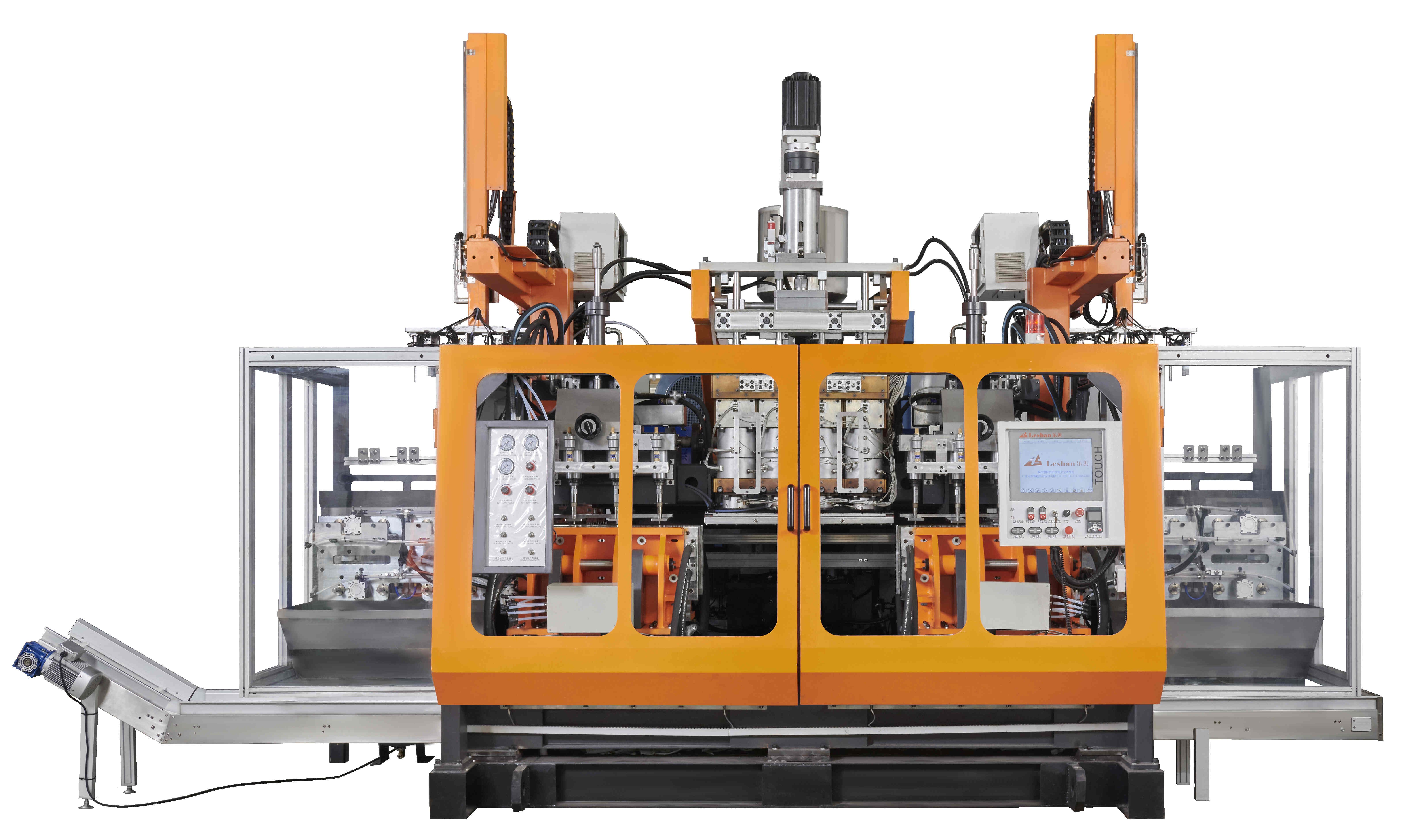
5.What are the steps for cleaning and maintaining a 5 gallon pet bottle blow molding machine?
We adhere to the principle of integrity and transparency, and establish long -term relationships with partners, and we attach great importance to this detail.
1. Shut off and unplug the machine: Before starting any cleaning or maintenance, make sure the machine is turned off and unplugged to avoid any accidents.
2. Remove excess material: Use a scraper or a brush to remove any excess material from the machine, including the mold, extruder, and die head.
3. Disassemble the machine: Depending on the type of blow molding machine, you may need to disassemble certain parts to access all the areas that need cleaning. Refer to the manufacturer's manual for specific instructions.
4. Clean the mold: Use a mild detergent and warm water to clean the mold. Make sure to remove any residue or buildup from the mold surface. You can also use a specialized mold cleaner for tougher stains.
5. Clean the extruder and die head: Use a brush or scraper to remove any residue or buildup from the extruder and die head. You can also use a specialized cleaner for these parts.
6. Check and clean the cooling system: The cooling system is essential for maintaining the temperature of the machine. Check for any clogs or buildup in the cooling channels and clean them with a brush or compressed air.
7. Lubricate moving parts: Use a lubricant recommended by the manufacturer to lubricate all the moving parts of the machine. This will help prevent wear and tear and ensure smooth operation.
8. Inspect and replace worn parts: Check all the parts of the machine for any signs of wear and tear. Replace any damaged or worn parts to ensure the machine's optimal performance.
9. Reassemble the machine: Once all the parts are cleaned and inspected, reassemble the machine following the manufacturer's instructions.
10. Test the machine: Before using the machine again, run a test cycle to ensure everything is working correctly.
11. Regular maintenance: To keep the machine in good working condition, it is essential to perform regular maintenance tasks such as cleaning, lubricating, and inspecting the machine. Refer to the manufacturer's manual for a recommended maintenance schedule.
6.What's the difference between a double-working blow molding machine and a simplex blow molding machine?
The output demand of the same kind of product is big, choose double station blow molding machine.Single product demand is small, choose simplex blow molding machine.
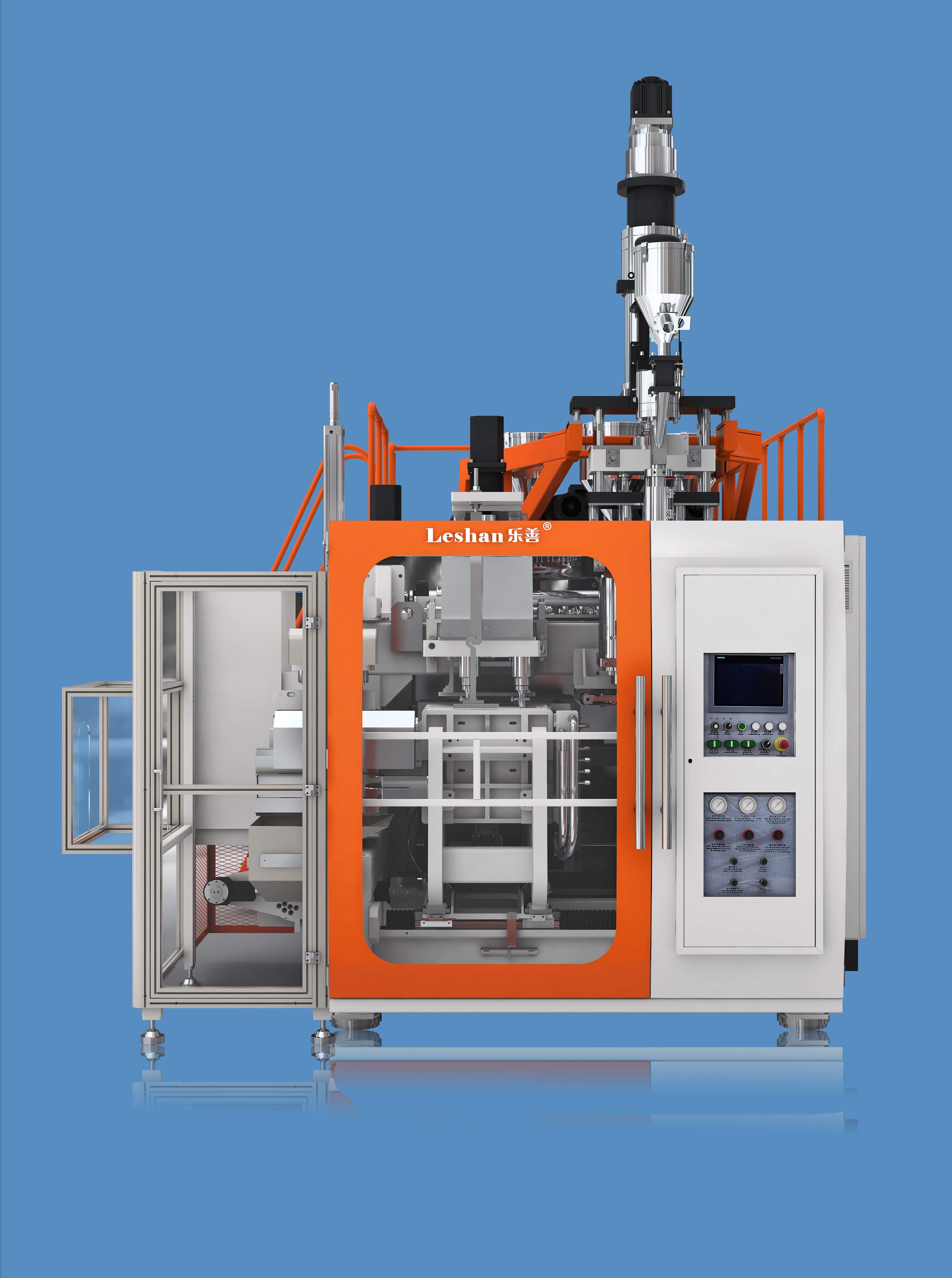
7.What are the key components of a 5 gallon pet bottle blow molding machine?
Our 5 gallon pet bottle blow molding machine products have competitive and differentiated advantages, and actively promote digital transformation and innovation.
1. Extruder: This is the main component of a blow molding machine, which melts and forms the plastic material into a parison (hollow tube).
2. Die Head: The die head is responsible for shaping the parison into the desired shape and size.
3. Clamping Unit: This unit holds the mold in place and provides the necessary pressure for the blowing process.
4. Blow Pin: The blow pin is used to inflate the parison and shape it against the mold.
5. Cooling System: After the parison is blown and formed into the desired shape, a cooling system is used to cool and solidify the plastic.
6. Ejection System: Once the plastic has cooled and solidified, the ejection system removes the finished product from the mold.
7. Control System: The control system is responsible for monitoring and controlling the various components of the machine, such as temperature, pressure, and speed.
8. Mold: The mold is a crucial component of a blow molding machine, as it determines the final shape and size of the product.
9. Hydraulic System: The hydraulic system provides the necessary power and pressure for the various movements and functions of the machine.
10. Electrical System: The electrical system supplies power to the machine and controls the various electrical components.
11. Safety Features: Blow molding machines are equipped with various safety features, such as emergency stop buttons, safety guards, and sensors, to ensure safe operation.
8.How does the extrusion blow molding process differ from injection blow molding, and what types of products are typically produced using each method?
We have been working hard to improve service quality and meet customer needs.
Extrusion blow molding and injection blow molding are two different processes used to manufacture plastic products. While both methods involve melting plastic and shaping it into a desired form, there are some key differences between the two.
Extrusion blow molding is a process in which a molten tube of plastic, called a parison, is extruded through a die and then inflated to form a hollow product. The parison is then cooled and the mold opens to release the finished product. This process is commonly used to produce bottles, containers, and other hollow objects.
On the other hand, injection blow molding involves injecting molten plastic into a mold cavity, where it is then cooled and solidified. The mold then opens to release the finished product. This process is commonly used to produce small, complex, and precise products such as medical devices, pharmaceutical packaging, and small bottles.
One of the main differences between the two processes is the way the plastic is shaped. In extrusion blow molding, the plastic is shaped by the inflation of the parison, while in injection blow molding, the plastic is shaped by the mold cavity.
Another difference is the type of molds used. In extrusion blow molding, the molds are typically made of two halves that come together to form the desired shape. In injection blow molding, the molds are usually made of a single piece that is opened and closed to release the product.
The type of plastic used also differs between the two processes. Extrusion blow molding is typically used for high-density polyethylene (HDPE) and polyethylene terephthalate (PET) plastics, while injection blow molding is commonly used for polypropylene (PP) and polyethylene (PE) plastics.
In terms of product applications, extrusion blow molding is commonly used for larger, more simple products such as bottles and containers, while injection blow molding is used for smaller, more complex products such as medical devices and pharmaceutical packaging.
In summary, extrusion blow molding and injection blow molding are two different processes used to manufacture plastic products. While both methods involve melting plastic and shaping it into a desired form, they differ in the way the plastic is shaped, the type of molds used, and the types of products produced.
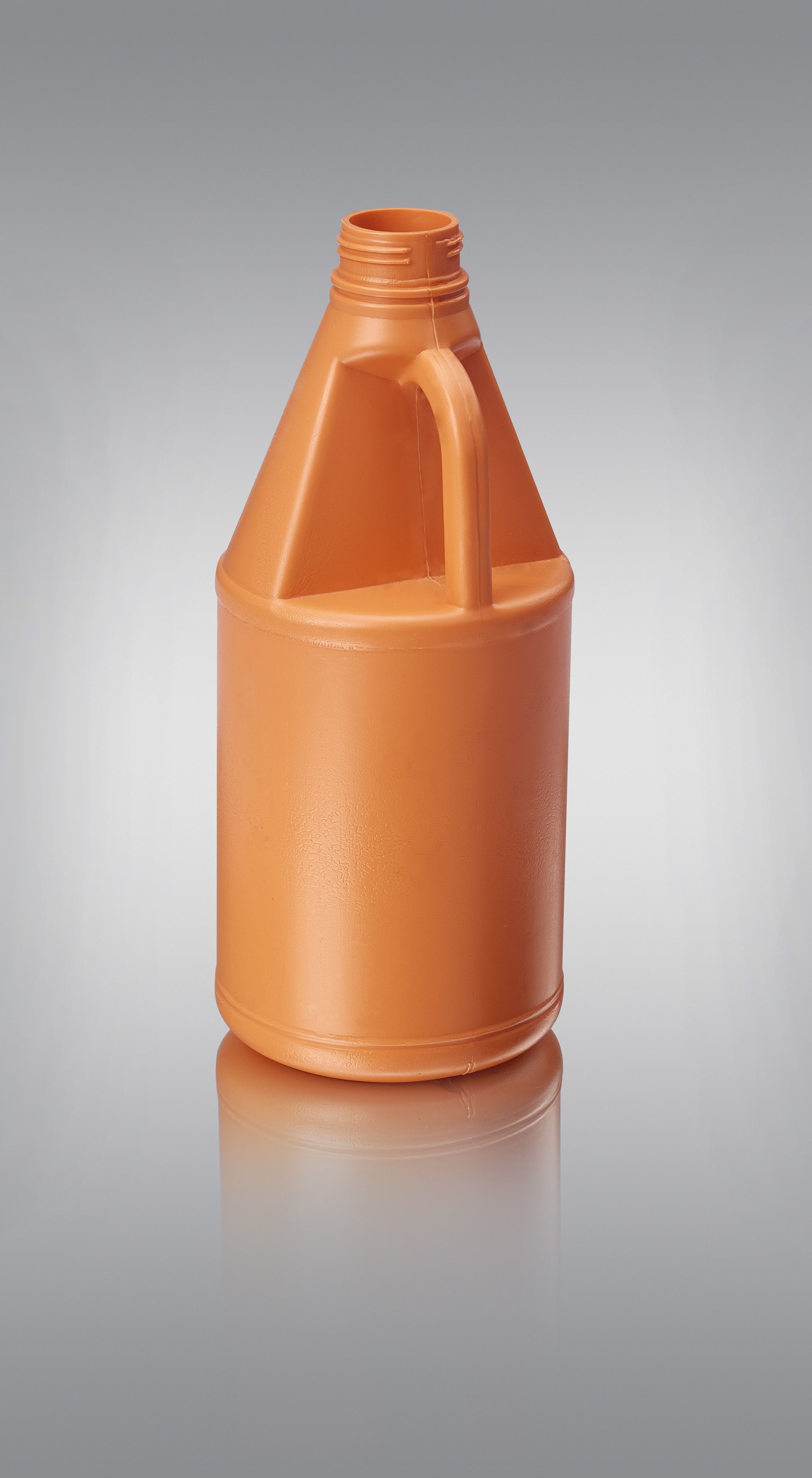
9.What is the after-sales service for 5 gallon pet bottle blow molding machine?
We are centered on customers and always pay attention to customers' needs for 5 gallon pet bottle blow molding machine products.
The after-sales service for blow molding machines typically includes:
1. Technical support: This includes troubleshooting assistance, repair guidance, and advice on machine maintenance and operation.
2. Spare parts supply: The manufacturer or supplier should have a stock of spare parts for the blow molding machine, and be able to provide them quickly when needed.
3. Training: The manufacturer or supplier may offer training programs for operators and maintenance personnel to ensure proper use and maintenance of the machine.
4. Warranty: Most blow molding machines come with a warranty period, during which any defects or malfunctions will be repaired or replaced by the manufacturer or supplier.
5. On-site support: In case of major issues or breakdowns, the manufacturer or supplier may send a technician to the customer's site to provide on-site support and repairs.
6. Upgrades and improvements: The manufacturer or supplier may offer upgrades or improvements to the machine to enhance its performance or add new features.
7. Customer service: A good after-sales service should also include prompt and helpful customer service to address any concerns or questions the customer may have.
Overall, the after-sales service for blow molding machines should ensure that the customer's machine is running smoothly and efficiently, and any issues are resolved quickly to minimize downtime.
10.How to solve the malfunction of the 5 gallon pet bottle blow molding machine?
As one of the top 5 gallon pet bottle blow molding machine manufacturers in China, we take this very seriously.
1. Check the power supply: Make sure the machine is properly connected to a stable power source. If there is a power surge or fluctuation, it can cause the machine to malfunction.
2. Inspect the air supply: The blow molding machine requires a steady supply of compressed air to function properly. Check the air compressor and make sure it is providing enough pressure and volume.
3. Check the temperature settings: The temperature of the machine's heating elements must be set correctly for the plastic to melt and form properly. Make sure the temperature settings are appropriate for the type of plastic being used.
4. Clean and lubricate the machine: Over time, dust, debris, and residue can build up on the machine, causing it to malfunction. Clean and lubricate all moving parts to ensure smooth operation.
5. Check for worn or damaged parts: Inspect all parts of the machine for wear and tear. Replace any damaged or worn parts to prevent further malfunctions.
6. Adjust the mold: If the product being produced is not forming correctly, the mold may need to be adjusted. Make sure the mold is properly aligned and tightened.
7. Consult the manual: If the above steps do not solve the problem, consult the machine's manual for troubleshooting tips and solutions specific to your machine.
8. Call a professional: If the problem persists, it may be best to call a professional technician to diagnose and repair the machine. Attempting to fix complex issues without proper knowledge and training can cause further damage.
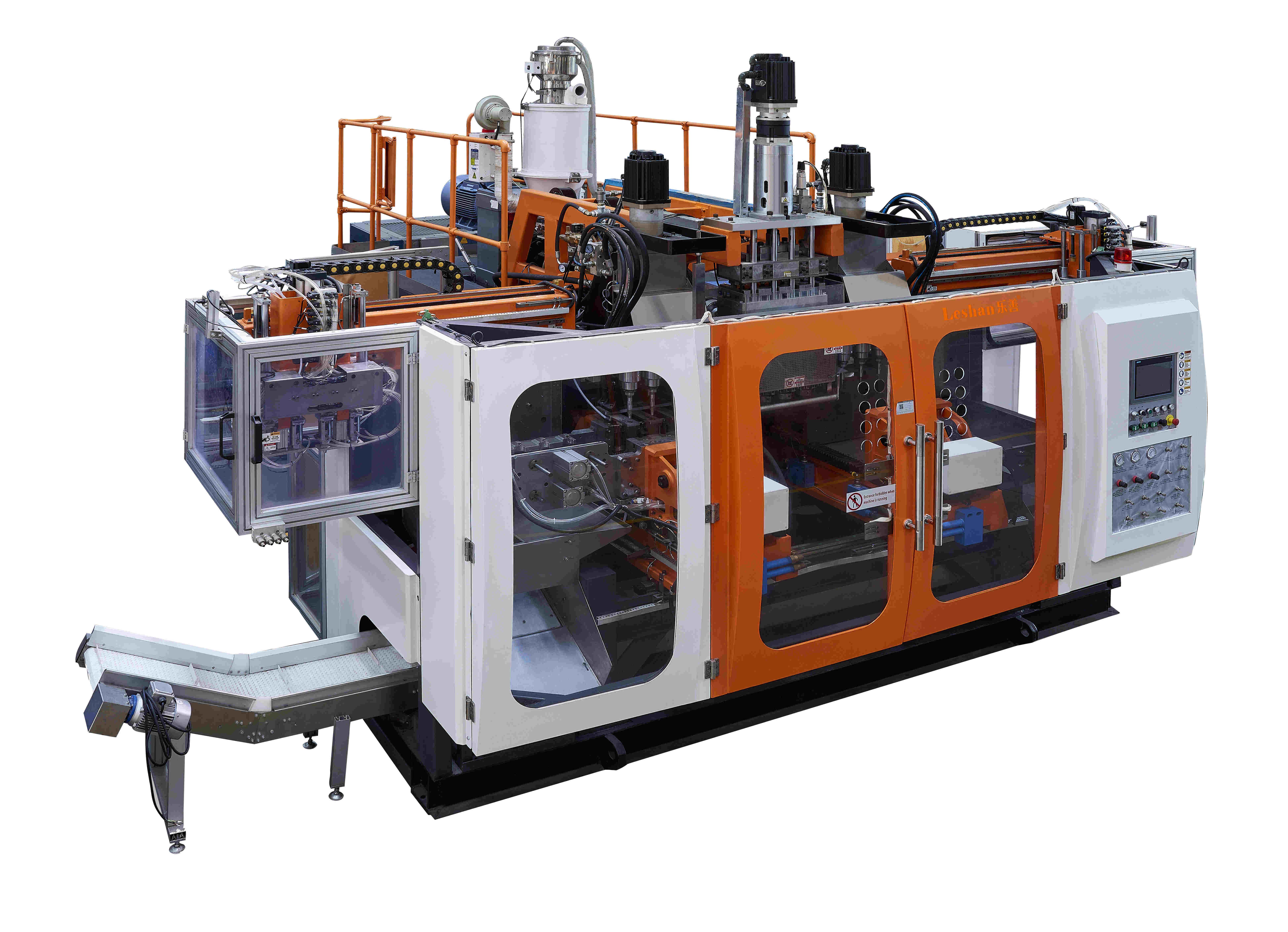
Tags: china float drum blow molding machine,blowing molding machine,kiss-offs extrusion blow molding
